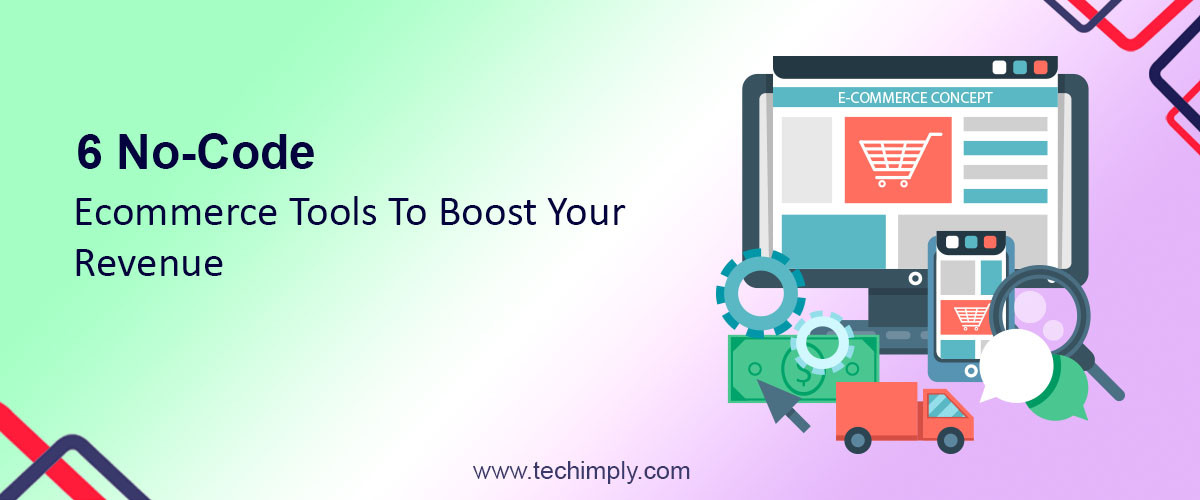Businesses today heavily rely on their online presence to connect with customers and drive sales, and website accessibility has become a critical factor in ensuring equal access for all users. With the increasing number of people relying on the internet to find information and make purchases, it is imperative that websites are designed and developed with accessibility in mind.
In this article, we will explore the importance of website accessibility for businesses and why WCAG and ADA compliance is not just a legal requirement but also a moral obligation for organizations striving to provide an inclusive online experience.
What is WCAG?
WCAG, Web Content Accessibility Guidelines, is a set of guidelines that ensures your web content is accessible to everyone, regardless of their disabilities. It has the rules, recommendations, and techniques on how to initiate website accessibility for the digital content of your business.
Further, the WCAG has three WCAG levels that indicate the degree to which a website meets these criteria:
- Level A: Websites meet the basic requirements of accessibility
- Level AA: Websites meet a higher level of accessibility
- Level AAA: Websites meet the highest level of accessibility
What Legal Requirements Should Websites Follow?
- Americans with Disabilities Act (ADA)
Americans with Disabilities Act (ADA) is a civil rights law in the United States prohibiting discrimination against individuals with disabilities. This includes areas of public life, including communications, employment, and public accommodations, and is also applied to digital and website accessibility.
- Section 508 of the Rehabilitation Act
According to this act, all federal agencies must make their electronic and information technology accessible to everyone. Section 508 compliance is necessary as it sets forth standards for accessibility, specifically targeting federal agencies and the technology they develop, procure, maintain, or use.
- European Union Web Accessibility Directive
This European accessibility act sets out rules for what public sector companies should do to ensure all digital content is accessible. Further, public sector organizations must provide an accessibility statement on their websites and mobile app development, which describes compliance with the accessibility requirements and provides contact information for users to report accessibility issues.
What Happens When You Don't Comply with Digital Accessibility Laws?
-
Legal Disputes: Website accessibility is vital, and non-compliance with the accessibility rules may lead to your organization being dragged into court.
-
Brand Reputation Damage: Non-compliance can lead to negative publicity and damage an individual's or organization's reputation, resulting in a loss of trust from customers, investors, partners, and the public, leading to financial losses and decreased business opportunities.
-
Loss of Potential Customers: It can cause a significant loss in your business reach. You won't be able to reach more people and lose potential customers.
What’s the Importance of Regular Accessibility Audits?
Website accessibility is not a one-time effort but an ongoing commitment. Regular accessibility audits are essential to ensure that your website remains compliant with the accessibility guidelines and standards. Conducting audits at regular intervals helps identify any accessibility barriers or issues that may have arisen due to updates or changes made to the website.
During an accessibility audit, various aspects of the website are thoroughly examined, including color contrast, text readability, navigation, multimedia elements, forms, and more. Accessibility audit tools and manual testing techniques are employed to evaluate the website's compliance with WCAG guidelines and other accessibility standards.
By conducting regular accessibility audits, businesses can proactively address any accessibility issues and ensure that their website provides an inclusive experience for all users. This not only helps in complying with legal requirements but also demonstrates a commitment to inclusivity, improving the overall reputation and credibility of the organization.
-
Educating and Training Employees on Accessibility
It is critical to educate and teach personnel about accessibility principles and best practices in order to properly install and maintain website accessibility. Employees involved in web designing, development, content generation, and maintenance should be well-versed in accessibility rules and how to put them into practice.
Accessibility training sessions or workshops can be held by organizations to teach personnel about accessibility standards, assistive technology, and approaches for developing accessible material. This enables staff to include accessibility into their work from the start, resulting in more accessible and inclusive websites.
Organizations can also designate an accessibility champion or form an accessibility task group to supervise accessibility activities, give assistance, and assure continuing compliance.
- Collaboration with Accessibility Experts
Collaboration with accessibility specialists may be quite advantageous for organizations that lack in-house knowledge in website accessibility. Accessibility specialists have extensive expertise and experience in applying best practices for accessibility, and they may give useful insights and help throughout the design and development process.
Accessibility professionals may do thorough accessibility audits, provide recommendations for changes, and help with the remedy process. Their experience guarantees that websites are built and developed to satisfy the highest accessibility requirements, allowing businesses to reach a larger audience while reducing the danger of legal challenges.
- The Future of Website Accessibility
As technology advances, website accessibility will become increasingly important in enabling equitable access to digital material for all users. New devices, platforms, and assistive technologies will develop, necessitating company adaptation and ensuring accessibility across many digital interfaces. Artificial intelligence (AI) and machine learning technologies have the potential to significantly improve website accessibility.
AI-powered technologies can help with automated accessibility assessments, recognizing possible difficulties, and recommending solutions. This can help organizations shorten the accessibility testing process and make it more efficient. Furthermore, organizations should keep up to current on changes to accessibility rules, regulatory obligations, and industry best practices. Businesses may keep ahead of the competition by examining and upgrading their accessibility plans on a regular basis.
What are the Benefits of Website Accessibility for Businesses?
- Inclusive Customer Experience
Having an accessible website promotes the idea that your organization is inclusive and follows inclusive practices. This boosts positive responses and helps you give everyone an inclusive customer experience.
- Increased Revenue and Conversion Rates
By ensuring your website is accessible, you make it easier for people with disabilities to navigate and interact with your content. This includes individuals with visual, auditory, cognitive, and motor impairments. By accommodating their needs, you expand your target audience, potentially attracting more visitors to your site.
-
Enhanced Search Engine Visibility
Integrating practices to enhance the accessibility of your website increases your web traffic as more people can access it. This leads to more audience size and higher sales.
How to Implement Website Accessibility?
-
Color Contrast and Readability
The high color contrast makes text and images easier to read and ensures that important information is not lost. Choose colors that provide a clear distinction between foreground and background elements. Additionally, use appropriate font sizes and styles, along with adequate line spacing, contributing to the overall readability of the content.
- Content Structure
It is essential to have a clear hierarchy of content by using proper heading tags to help people using screen readers or assistive technologies navigate the content.
- Keyboard-friendly Navigation
Some individuals with disabilities rely on keyboard navigation instead of a mouse. Designing websites that can be easily navigated and operated using only the keyboard is important.
Conclusion
Website accessibility is no longer just a legal requirement; it is a fundamental aspect of creating an inclusive online environment for all users. Businesses that prioritize website accessibility benefit from a wider audience reach, increased customer satisfaction, and improved brand reputation.
By complying with WCAG guidelines and other accessibility standards, organizations ensure that their websites are accessible to individuals with disabilities, including those with visual impairments, hearing impairments, cognitive disabilities, and motor impairments. Implementing accessible design, color contrast, content structure, and keyboard-friendly navigation are key steps in achieving website accessibility.
Regular accessibility audits, employee education and training, collaboration with accessibility experts, and keeping up with technological advancements are essential to maintaining and improving website accessibility over time.
As businesses continue to leverage the power of the internet to connect with customers and drive growth, embracing website accessibility is not only the right thing to do but also a strategic investment that benefits both the organization and its users.

.png)

.png)


